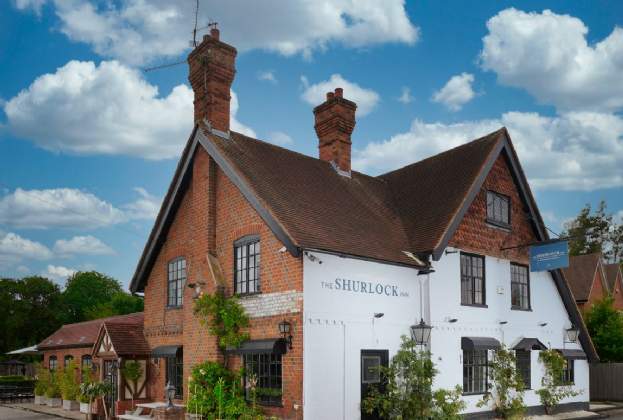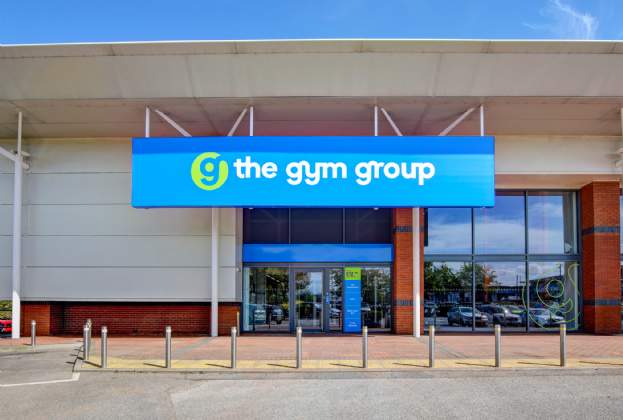The food and beverage (F&B) sector has shown considerable growth in Liverpool and Manchester over the last 18 months, despite a general slowdown in expansion plans from national F&B brands across the UK. In Liverpool, 40 per cent of new city centre retail and leisure occupants since Q1 2016 were F&B operators, while in Manchester they accounted for 41 per cent.
So what are the reasons behind this growth? In both cities, an increase in street food operators taking permanent space as well as healthy ‘grab and go’ operators, many of which are local and independent, is certainly playing a key role. Independent street food operators such as Bakchich and Panchos Burritos are now represented in both cities, while Rudy’s Pizza, Bondobust and Hip Hop in Manchester have also been at the forefront. Similarly, requirement levels from healthy grab and go operators remain strong, led by brands such as Kettlebell Kitchen, Friska and Nourish.
Liverpool city centre has seen 161 new retail and leisure occupants open in the last 18 months, of which 65 were F&B brands, including those named above. Within this 65 were 25 cafés and restaurants (16 per cent of all retail and leisure lettings). A rise in change of use planning applications has emerged on the back of this F&B growth in Liverpool. Since Q1 2016, 25 per cent of the city’s F&B lettings involved change of planning use for the properties involved from A1/A2/B1 (shops, banks and offices).
Manchester city centre has welcomed 246 new retail and leisure occupants since Q1 2016, of which 102 were F&B. These include Roc ‘n’ Rye, Dirty Martini and The Ivy, the last two of which are currently fitting out their units. Cafés and restaurants accounted for 60 of these 102 openings, equating to 24 per cent of the total. A third of F&B lettings in Manchester during this period, including Bravissimi, Leon and Creams Cafe, saw operators change the planning use of the properties involved from A1/A2/B1 (shops, banks and offices).
Two to three years ago, many F&B operators were seeking larger, combined units. This is now changing as, partly due to the increase in independent and grab and go operators, there is growing appetite for smaller spaces. As a result of this, the average unit sizes let to F&B brands in Liverpool and Manchester has decreased by 25 per cent to 805 sq ft over the last year and a half.
Though street food and healthy grab and go operators may be currently leading the way, casual dining brands also continue to play an important role in the North West. In fact, Manchester tops Savills UK ranking for growth in the casual dining sector since 2015, with 32 openings across the city centre. Liverpool ranks ninth, with 10 new openings during that time. It’s clear that while there has been a slowdown in expansion from national causal dining brands, consumer appetite for eating out, and subsequently F&B operator growth plans, remain strong in both cities.
Further information
(1).jpg)


.jpg)


.jpg)


.jpg)
.jpg)